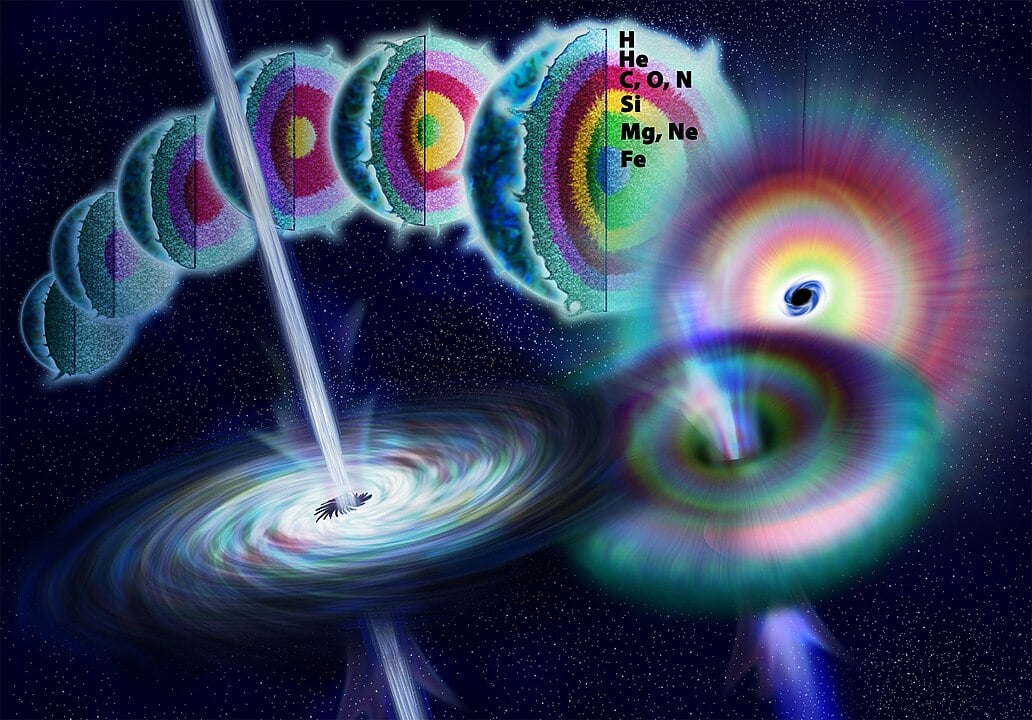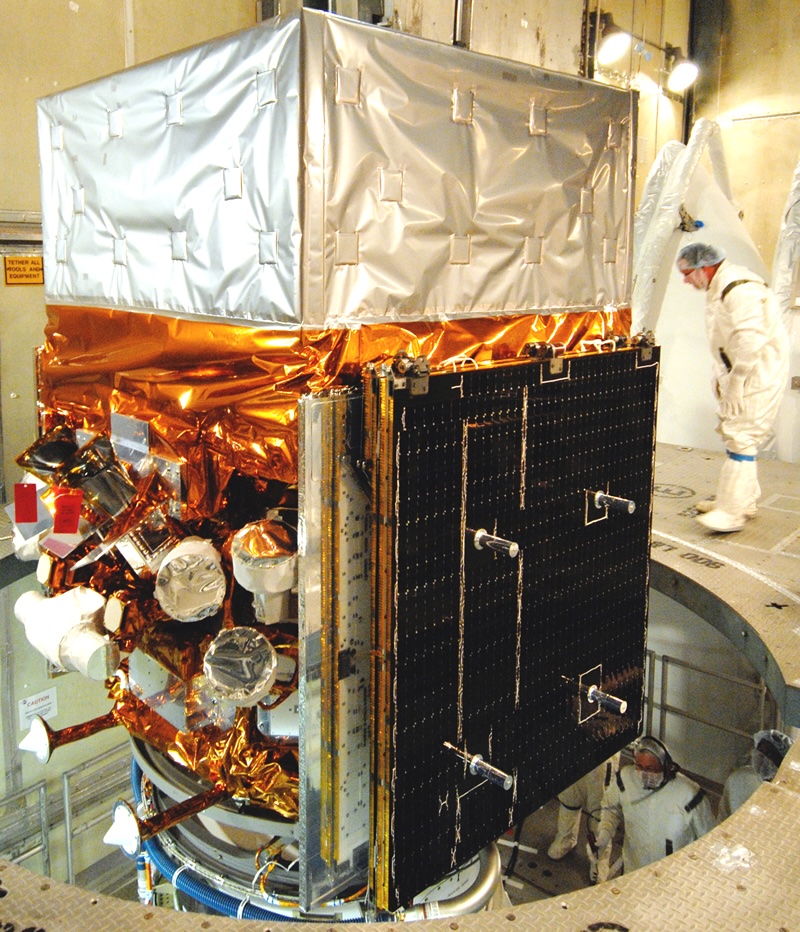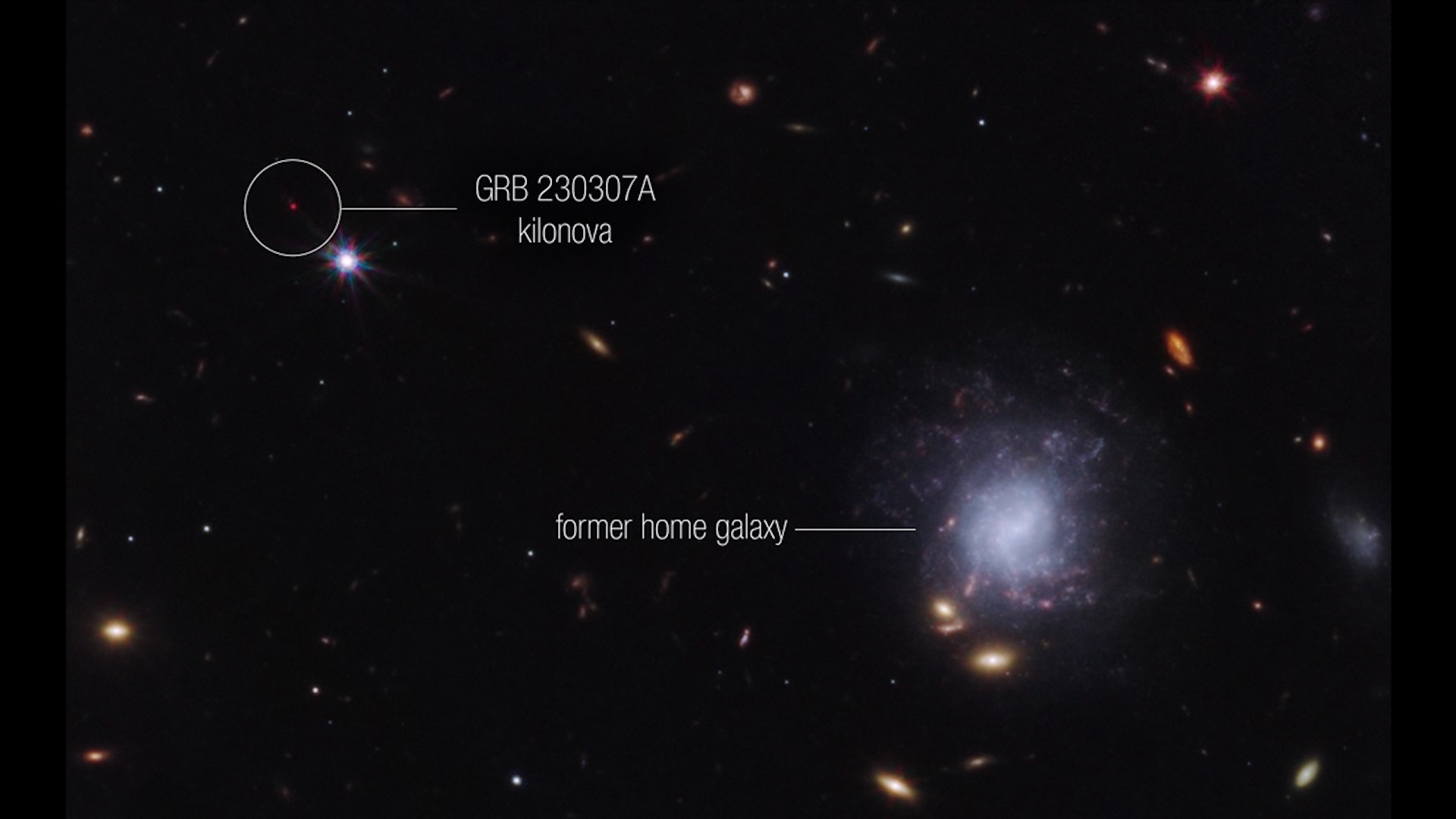Gamma-ray bursts (GRBs) represent the most luminous cataclysms in the universe, momentarily eclipsing entire galaxies with a violent, high-energy flash. These unparalleled cosmic events unleash more energy in a mere few seconds than our Sun will produce over its entire 10-billion-year lifespan, projecting powerful jets of gamma radiation across the cosmos. Despite their staggering brilliance, gamma-ray bursts are remarkably transient phenomena, persisting only from milliseconds to several minutes before their intense glow swiftly diminishes.
On March 7, 2023, a powerful cosmic event unfolded as satellites detected GRB 230307A, an exceptionally bright gamma-ray burst. This particular eruption from a distant galaxy, originating from the violent collision and merger of two compact stars, likely neutron stars, registered as the second brightest ever recorded. However, the event presented a significant puzzle for scientists: its astonishingly long duration. While theoretical models predict such merger-driven bursts should dissipate in less than two seconds, GRB 230307A blazed across the cosmos for a full minute, challenging established astrophysical understanding.

An international research team, spearheaded by scientists from the University of Hong Kong, Nanjing University, and the Chinese Academy of Sciences, has unearthed a critical detail about a distant cosmic event. Their extensive analysis involved meticulously examining over 600,000 datasets sourced from China’s GECAM and NASA’s Fermi satellites, seeking hidden patterns within a gamma-ray burst.
This deep dive led to the discovery of a remarkably consistent, repeating signal embedded within the burst. The precise rhythm of this signal unveiled a star spinning at an astonishing rate of 909 rotations per second. This groundbreaking observation represents the first direct detection of a periodic signal from a millisecond magnetar occurring during a gamma-ray burst, providing unprecedented insights into these powerful cosmic phenomena.
Scientists have finally demystified the surprising brevity of a recently detected signal. Researchers theorize that a magnetar’s rapid rotation, channeled through its powerful magnetic field, imprints a periodic “heartbeat” onto its gamma-ray jet. This distinctive pulse, however, is only discernable when the swiftly evolving jet’s emissions briefly lose their symmetry. The phenomenon is exceptionally fleeting: the periodic signal was detectable for a mere 160 milliseconds before the jet’s inherent symmetry once again concealed it from observation.

This groundbreaking discovery is set to revolutionize our understanding of the universe’s most cataclysmic explosions. It definitively shows that newly formed magnetars possess the remarkable resilience to survive the violent aftermath of compact star mergers.
The research opens compelling new frontiers in astronomy, establishing crucial links between gamma-ray bursts, gravitational waves, and the intricate physics of dense stars, all unfolding under the most extreme cosmic conditions imaginable.
This report initially appeared on Universe Today.







